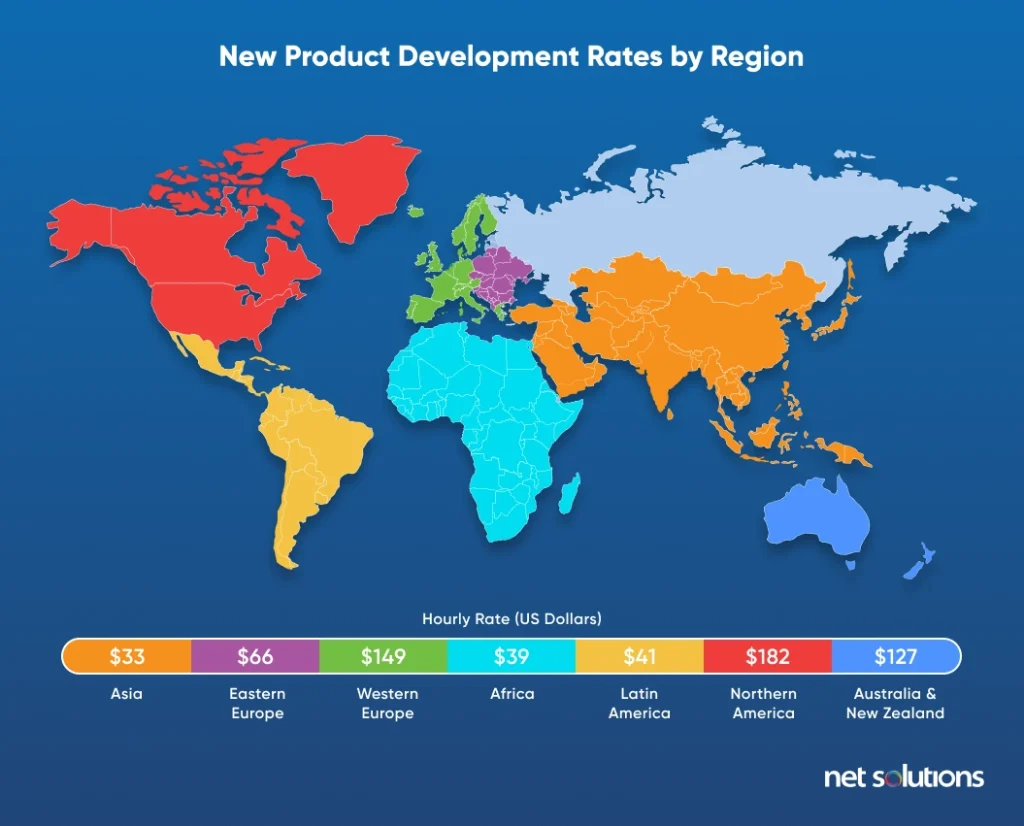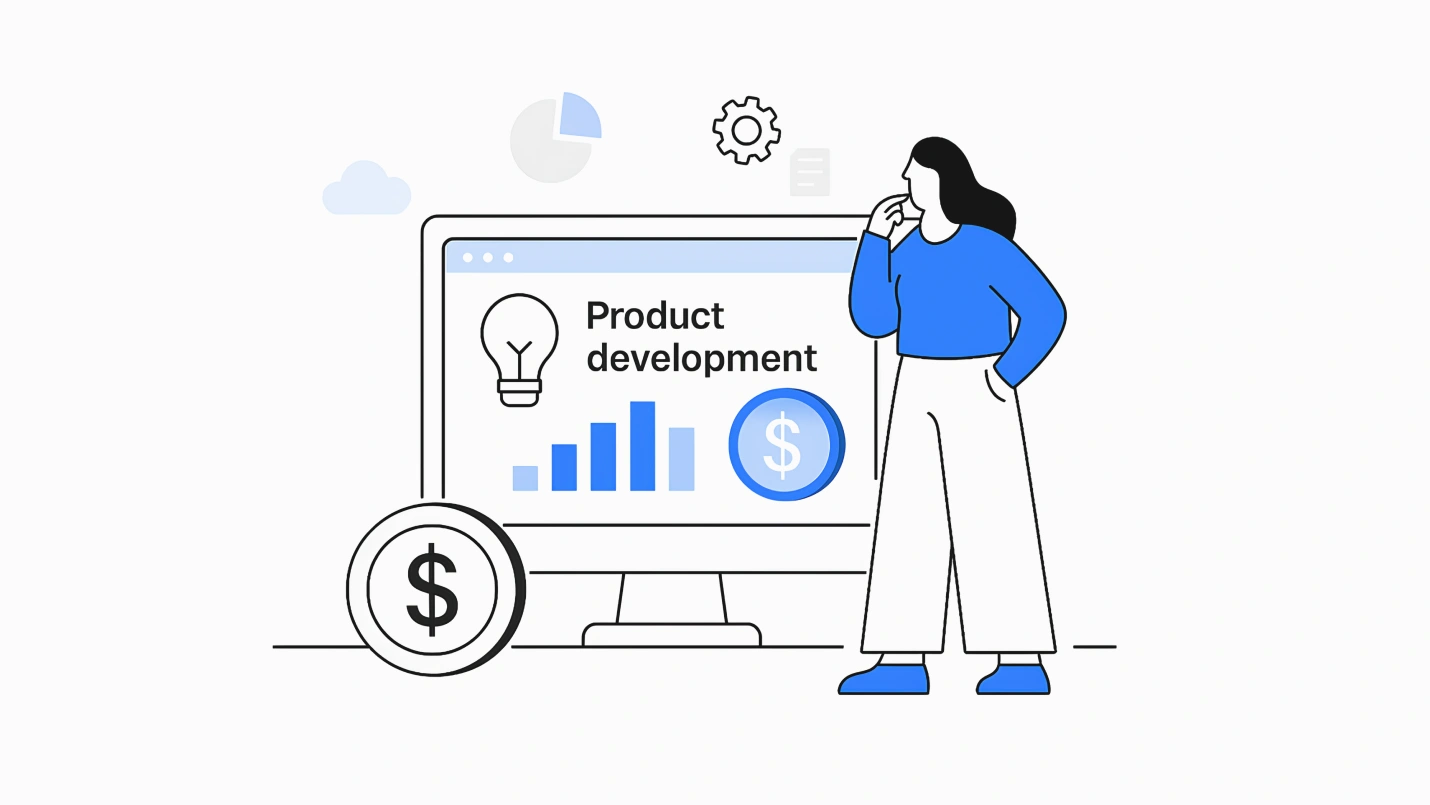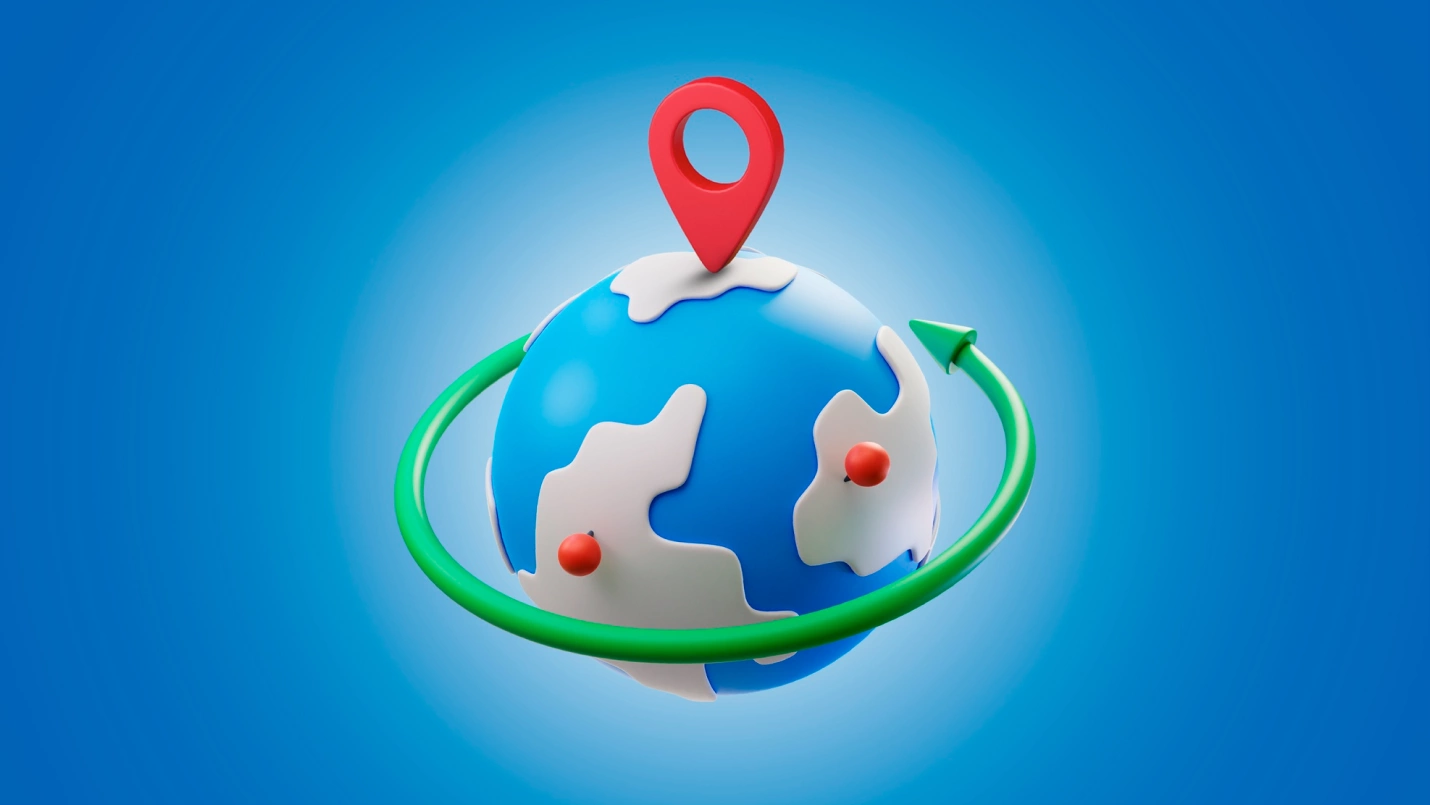The cost of new product development is between $20,000 and $100,000 or more—which is quite the range, we know! That wide chasm exists because different software products vary considerably in terms of complexity, with more complex, feature-rich products requiring additional expertise and labor.
The good news is that once you’ve nailed down your product idea and identified the functionality you want to achieve, you can narrow down your projected development and design costs to accurately estimate the total cost.
This blog post will not only help you estimate costs. It will provide tips for reducing your price tag without sacrificing quality or impacting your chances of success.
What Are Product Development Costs?
Product development costs refer to all the costs associated with creating a new software product. In other words, when we discuss product development costs, we aren’t simply referring to coding. We’re talking about everything required to take a product concept from design to launch (and beyond).
Unlike a hardware product such as a car or a laptop, there are no manufacturing processes or physical manufacturing costs associated with building a software product. However, the development process will still require expenses that may surprise someone new to product development.
Product development costs include all expenses associated with:
- Research and development (including market research)
- Product design (e.g., wireframes, prototyping, User Interface design)
- Software development
- User Experience (UX) testing
- Quality Assurance (QA) and quality control
- Product Launch
- Updates, new features, and ongoing maintenance
Each of these costs contributes to the total price you’ll pay to bring a new product to market.
What is an example of a development cost?
One example of a new product development cost that may surprise people is the cost of product testing throughout the design stage and beyond. During the design process, development and design firms use prototypes to test concepts, features, and UX.
New product designs typically go through quite a few iterations before developers write the first line of code, and they may undergo further changes even after all the key features are implemented.
Based on the feedback designers receive from user tests, they can build high-quality designs that paying users will be more likely to value.
How Much Does it Cost to Develop a New Product?
Developing a new product can cost between $20,000 and $100,000 or more, as we mentioned above. Narrowing that estimate down to a more reasonable range requires an understanding of the various factors that influence the cost of product development, which we’ll outline in this section.
What Factors Affect The Cost of Product Development?
Quite a few factors influence development costs. Let’s look at four of the most significant factors that impact overall costs:
- Region of outsourcing partners
- Product complexity
- Customization and design costs
Let’s explore each of these factors in a bit more detail.
1. Region
Software design, development, and testing will range in price from one country to the next since the cost of living impacts labor costs. For this reason, many companies save a lot of money by outsourcing their product development to offshore teams in places like India and China. Many companies may retain an in-house development team for a variety of reasons despite the extra expense. However, even those companies can save by outsourcing certain elements of the product development process to a qualified partner, rather than hiring new staff to fill in the gaps.
Here are the average hourly rates for software development based on each region, drawn from reputable sources like Payscale, SalaryExpert, and Indeed. Keep in mind that rates will vary within a given region, from one country to the next.

2. Complexity of the product
The biggest factor that impacts the cost of developing a new software product is its complexity. Complexity is determined by a range of factors, including the following.
- Number of screens that users see as they interact with your product
- Design requirements (e.g., extensive UI and UX)
- Complex functionality and custom features
- Project management requirements
- Number of revisions required to get the product to market
- Cross-platform development requirements
- Anything that increases the amount of work required to bring the product to life
One way to cut costs is to create a Minimum Viable Product (MVP) that provides the basic functionality your user will expect. You will then gain feedback from your initial users and implement new features based on their input. That way, you won’t waste resources and time building features that nobody wants.
3. Customized design
Customization is worth investing in, as it allows your software product to deliver unique features and functionality, along with a unique look and feel that appeals to your target audience.
Naturally, the degree to which you customize your product design will impact the cost. That’s why, if you take an MVP approach, you will likely limit customization to the most important features during the initial build.
4. Outsourcing engagement model
When it comes to outsourcing, you can choose from three general engagement models: Full outsourcing, selective outsourcing, and hybrid outsourcing. Each has its pros and cons, and each has different implications when it comes to product development costs.
- Full outsourcing: This approach means hiring a full-service team to handle every stage of product development, including project management. This often proves to be far more cost-effective than hiring an in-house team, since in-house teams come with higher rates and hidden costs.
- Selective outsourcing: Selective outsourcing means hiring an outsourcing provider to perform specific services or tasks while your in-house team takes care of the rest.
- Hybrid outsourcing: A hybrid outsourcing model is a collaborative approach, where in-house teams join forces with outsourced teams to maximize insights and drive strategy.
The right engagement model will depend on your current needs, budget, and the availability and expertise of existing staff. If you’re not sure which route to take, speak to a trustworthy outsourcing firm to get their advice.
How Do You Calculate New Product Development Costs?
The best way to calculate the costs of your software development project is to speak with qualified, experienced outsourcing providers. Of course, in order to get an accurate quote, you’ll need to assess your needs and make some decisions upfront.
The following four steps will help you estimate the costs required to create a quality product.
Step #1: Choose a region to work within
Since the region you work with will play a powerful role in determining the price, explore different regions you can work with. Refer to our guide to outsourcing costs by country to learn about average development costs along with the advantages and disadvantages of working with different regions.
English fluency will come into play when choosing a partner, but keep in mind that language skills will vary from one firm to the next. You’ll also want to consider time differences, although some firms (like Net Solutions) will be willing to adapt to your time zone if that will support your efforts.
Step #2: Identify your needs
What are you trying to accomplish with your software product? Come up with a rough idea of your product’s functionality so potential partners can assess the complexity, tech stack requirements, number of screens required, and other factors.
If your new product idea is similar to an existing product, you can use the design of that product to get a sense of your own requirements.
If you’re starting completely from scratch, give some thought to the general workflows users will encounter and what you want the product to accomplish. This will allow a prospective partner to assess the feasibility of working within your budget.
Step #3: Choose your outsourcing model
Refer to the outsourcing engagement models mentioned in the previous section: Full outsourcing, selective outsourcing, and hybrid outsourcing. Assess your needs and determine which of those models will best address them. This will allow prospective outsourcing partners to provide a more accurate quote.
Step #4: Gather quotes from providers
Explore potential providers on websites like Clutch.co and G2, which provide reviews of outsourcing firms, to find potential providers. You can also refer to our list of the 19 best outsourcing firms around the world.
Any experienced, highly-rated firm will be able to provide a ballpark quote for developing your product if you have a general idea of the features you want to include and what you want your app to accomplish.
Feel free to contact one of our experts here at Net Solutions to get a quote and explore your options.
How Can You Lower the Cost of Product Development?
Startups and companies on a tight budget need to watch their bottom line, and there are ways you can keep your new product development costs reasonable. In addition to working with an overseas vendor, the following three tips will help you control costs.
1. Choose the right vendor
Vendors will vary considerably in their price quotes, and choosing the right vendor will go a long way toward controlling costs. Of course, that doesn’t mean you should blindly choose the cheapest vendor.
Working with inexperienced designers and developers might end up costing you more money in the end, especially if you’re forced to do many rounds of revisions. There are also opportunity costs in producing flawed, buggy software, and security holes could prove catastrophic.
Consider price as a factor, but don’t settle for an inexperienced provider. Thoroughly vet potential partners, read their reviews, peruse their case studies, and work with someone who has a proven track record.
2. Pick your features strategically
You may be tempted to include all the features you envision, but that will cost you. Plus, that might not even be the right approach, since you don’t know what the market actually wants.
Identify the most important features to include in your first release—those that differentiate you from similar products on the market. Prioritize those that users will find valuable, and explore the costs associated with implementing each potential feature when chatting with prospective outsourcing partners.
3. Consider a phased approach
Rome wasn’t built in a day, and neither were the software products we know and love like Gmail and Salesforce. Most software products contain their most essential features in the initial release, and companies add features over time based on user feedback.
Earlier, we mentioned a Minimum Viable Product (MVP) strategy, which is a phased approach that begins with a stripped-down model. This often proves to be the best use of resources for a brand-new software product.
Curious to see how software development teams keep track of all the steps involved in product development? Take a look at our new product development checklist.
Looking for a Quote on Software Development?
Whether you’re looking to supplement your in-house team or outsource an entire software project from start to finish, Net Solutions can help.
We’ve developed new software products for household names like the Harvard Business Review, Xerox, and American Golf, along with countless startups over the past two decades. We can help you identify costs, plan your strategy, and bring your vision to life.





